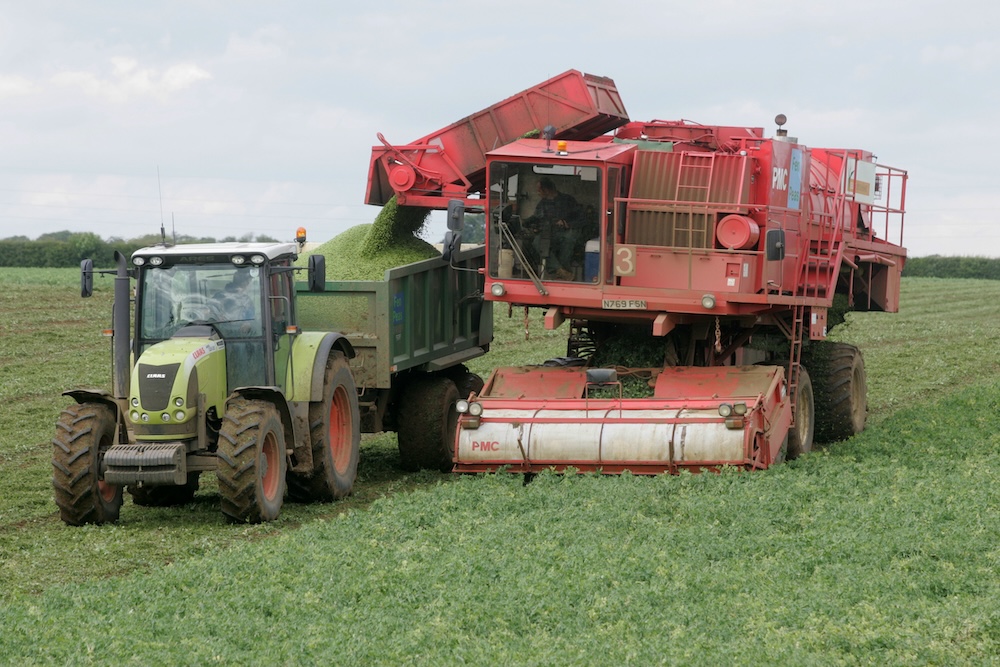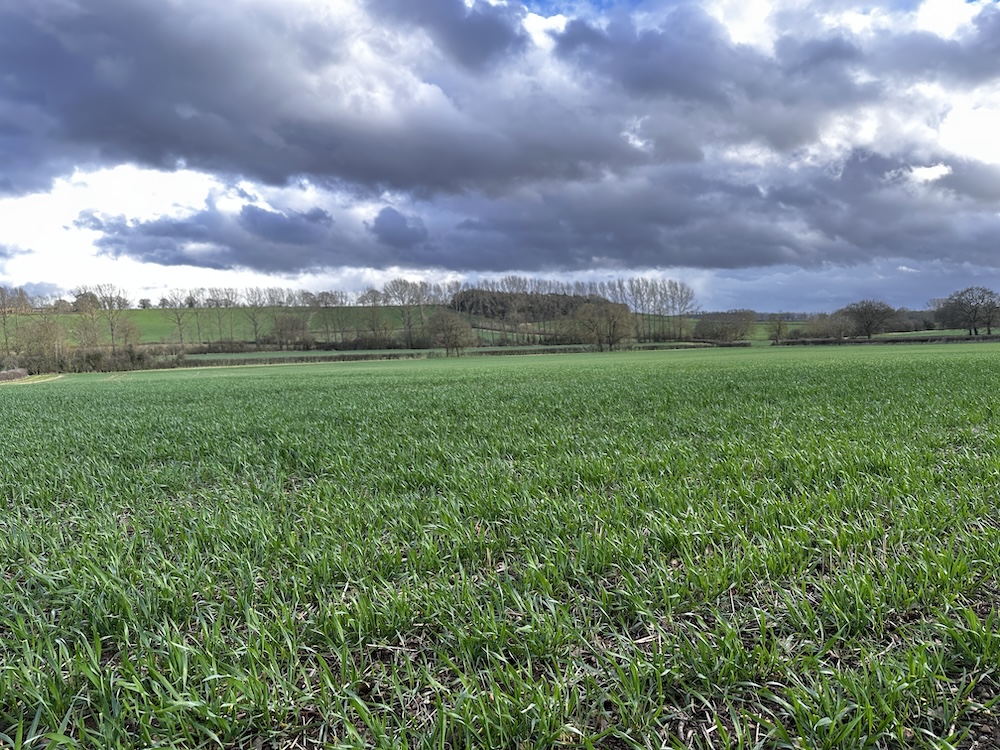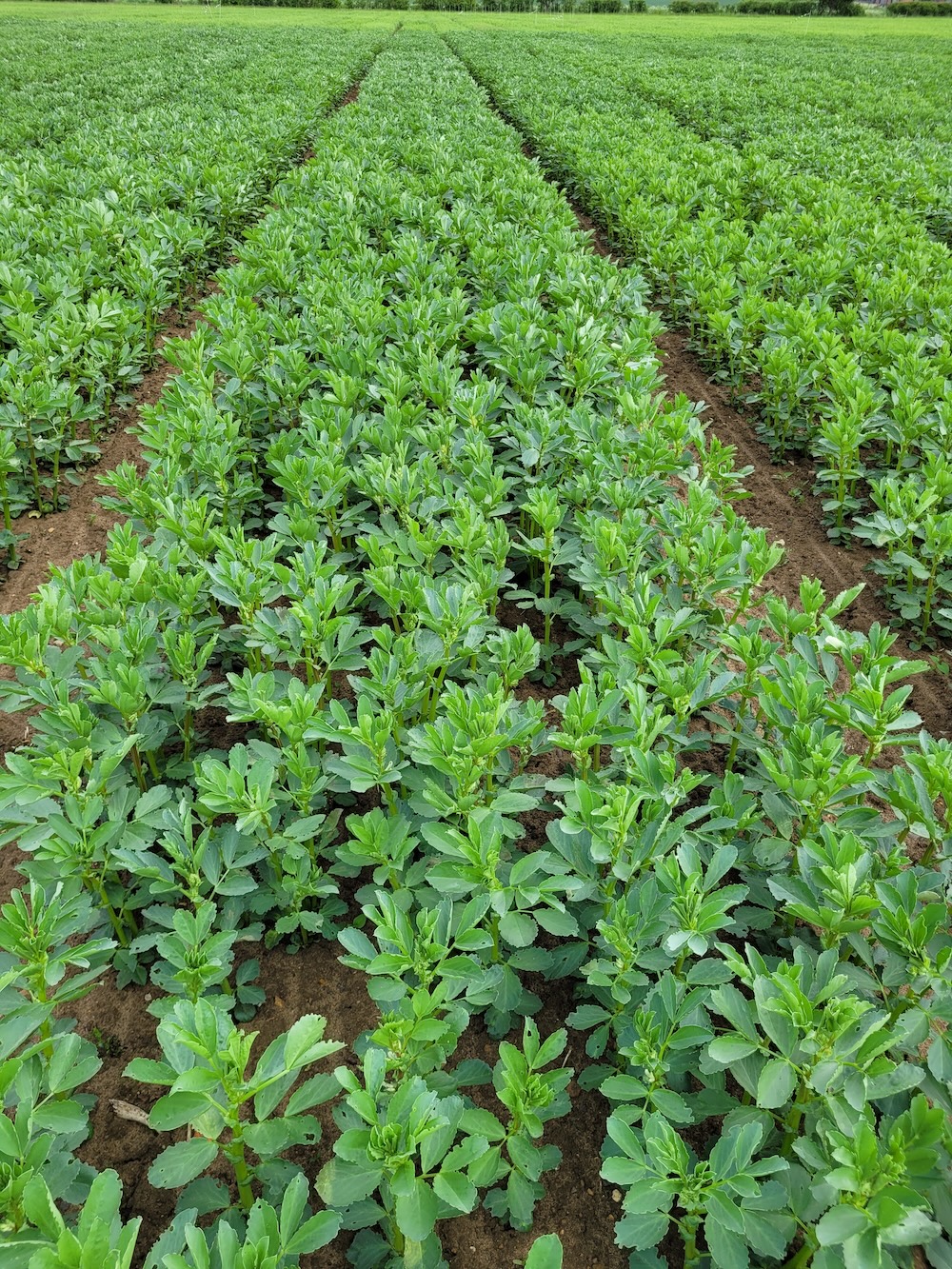
After four-and-a-half years of development, PGRO has launched a new tool designed to predict the optimum harvest time for UK vining peas.
The Vining Pea Tool will reduce the cost of harvesting low-quality crops, smooth the intake flow at freezing plants, and remove huge amounts of staff time manually checking crop maturity.
The benefit to the industry is estimated to be £30m if 80% of the industry adopts the technology in the next five years.
Remote sensing, machine learning, weather patterns and historic yield data work together to advance the harvest forecast from two days to 10 days, as well as predict the yield of growers’ harvests.
“The machine learning aspect of the tool is incredibly powerful,” says Leah Howells, the PGRO Data Scientist who has led the work. “If you feed in a large amount of data, it will pick apart and find trends and patterns in that data which can then be applied to new data, allowing you to make more accurate forward predictions on unseen data.”
Updated daily, the tool provides all the relevant information in a single visualisation. It also takes into account the pea variety’s yield and maturity traits, further increasing its accuracy.
The tool will ease the harvesting process through its yield predictions by reducing the need for growers, or their staff, to take tenderometer readings daily in the run up to harvest.
“Right now it’s incredibly difficult to predict harvest date in peas, with the current heat-based methods becoming less accurate as temperatures rise and drought like conditions become more common due to climate change,” Leah says.
“PGRO wanted to develop a model that could withstand a changing climatic landscape, could work well into the future, and be flexible enough that it could be used by the whole industry, and that what this tool is.”
Growers will be able to use the subscription-based tool from March onwards by contacting the PGRO or visiting www.pgro.org.
For all pulses press releases click here.




